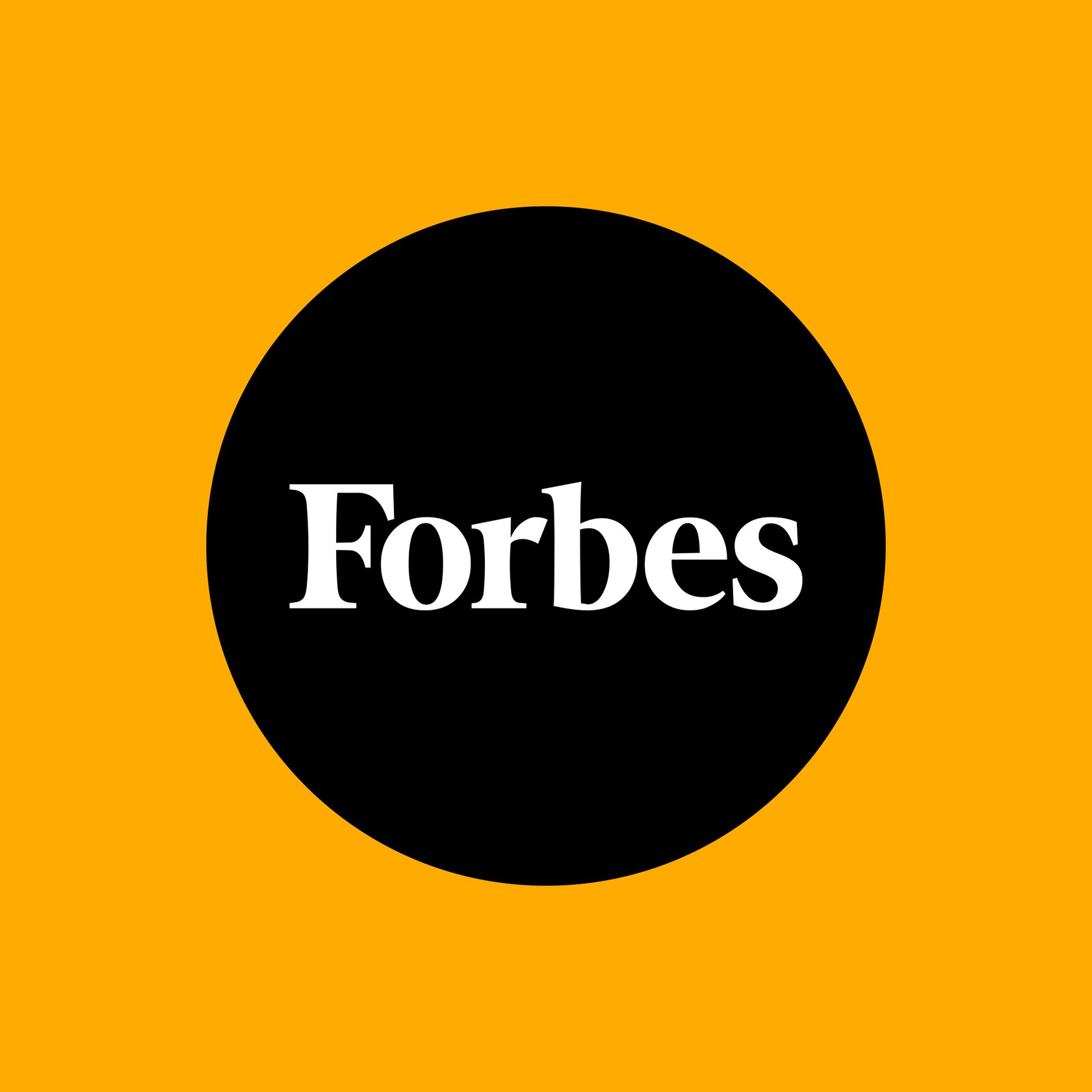This article was featured as a Forbes Council Post
Does everyone have a loyalty program of some kind? Seems like it. 90% of companies have some flavor of loyalty program yet, according to a Loyalty360 survey, 71% of consumers said “yes” when asked “Do you think there is a 'sea of sameness'?” regarding these programs.
The premise for loyalty programs is solid — reward your customers to keep them coming back — unfortunately, most programs are indistinguishable from one another. So, what was created to differentiate is now table stakes. But all is not lost. Tapping into a few current consumer trends can refresh and renew an existing loyalty program.
Consumers want new ways to reward their loyalty
KPMG reports that 96% of millennial consumers want companies to find new ways to reward their loyalty. A north star loyalty program for many, Starbucks introduced Odyssey to reward its customers with NFT badges for completing various journeys, often to try new products. (In fact, one of my colleagues consumed an unnatural amount of coffee to earn his first badge.)
That may not be the path most enterprises take, but it does open up a new realm of possibilities for programs. The key question to ask here is: What do our customers value in each interaction? For Nordstrom Nordy Club members, it’s dollar rewards and early access to special sales events. North Face XPLR passholders can field test equipment before buying.
Offer more control to loyal customers
Online purchasing increased 16.5% from Q4 2022 to Q1 2023 (U.S. Census Bureau). While not surprising, the ubiquity of access provides each and every buyer a wide range of options, all just a mouse-click away. Consumers, even in-store, expect a brand to meet their expectations or they’ll simply walk away. With tighter budgets, higher prices, and a plethora of purchase pathways, consumers are unwilling to settle.
That plays out in loyalty with 25% of consumers buying less of the brands they typically buy (Blackhawk Network 2022). Static loyalty programs aren’t convincing many to stay loyal. For many enterprises, these are simply cost centers that add little additional revenue, and have become stale to consumers.
What brands can offer though, is control. More control to the consumer on how to earn and spend points. According to Accenture’s Life Trends 2023 Report, “Brands will decide how much control to offer their participatory customers in exchange for their loyalty.” Examples include choosing incentives, applying points or status to preferred access or items, or banking rewards towards future purchases.
Data becomes more plentiful and more scarce
As Google phases out third-party cookies, brands have fewer external data points to drive customization. Consumers expect personalized experiences, yet enterprises will be more challenged to build these with only their own data. Access to first-party data is not only critical for these tailoring efforts, it’s foundational for data privacy and compliance. Currently, the average consumer belongs to almost 17 separate loyalty programs, spend is widely distributed, often far beyond the eyes of any one brand.
Loyalty is dead, long live loyalty!
At their core, loyalty programs spring from the perfect combination of brands offering benefits to customers for purchases and interactions, and consumers seeing value in those benefits. That won’t change. But what has to change is how the brands offer benefits to more selective consumers with more choices.
Going back to the Starbucks example, often cited as the gold standard in loyalty programs, they reward their customers not only for repeat purchases, but for increased interaction. These days, that’s through pre-funded accounts in the Starbucks app, ensuring future purchases — not to mention a bankable $1.6B in customer funds via stored value cards.
Brands expanding loyalty into accounts-based rewards programs gain additional engagement, drive more revenue, and can differentiate from the pack to win.




